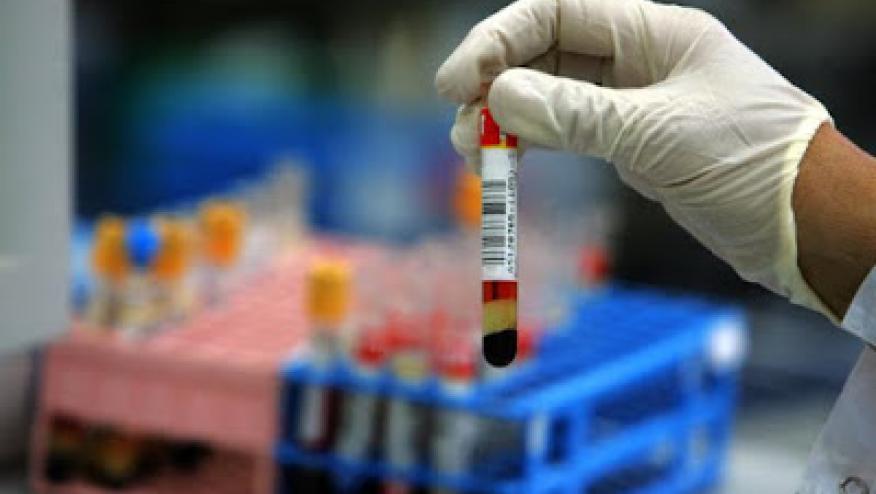Better Tests Ahead in Lupus Save

The advent of "big data" and "-omics" technologies offers hope that clinicians will soon have better diagnostics for systemic lupus erythematosus, rheumatologists here were told.
It's now evident that individual biomarkers probably can never improve on existing tests for complement activation and double-stranded DNA antibodies (anti-dsDNA), said Chaim Putterman, MD, of Montefiore Hospital and Albert Einstein College of Medicine in Bronx, New York.
"Panels [of multiple markers] will be better," he told attendees at the American College of Rheumatology's State of the Art Clinical Symposium.
But they won't be here tomorrow, either, he said.
Part of the problem is that lupus is "The Great Masquerader," with symptoms mimicking viral infections, cancers, allergies, and even psychiatric illness. These variable clinical phenotypes are equally variable biomarker profiles.
There are some constants: all lupus patients have anti-nuclear antibodies -- particularly anti-dsDNA -- which makes tests for anti-dsDNA highly sensitive for lupus. But individuals without lupus also frequently show anti-dsDNA titers, meaning the test is not specific enough to absolutely confirm a lupus diagnosis. And effective lupus treatment doesn't affect anti-dsDNA levels, so the test isn't very helpful for patient monitoring and assessment.
The only other current diagnostic/assessment test is for complement activation, which can aid in diagnosis but also is not very specific.
Together, these and some organ-specific tests accomplish some of what clinicians need, Putterman said: they help differentiate lupus from other diseases, they can pinpoint organs affected, and can flag patients who need intervention. But they fall short for quantifying disease activity and severity, and they aren't helpful for predicting treatment response or long-term clinical course.
Putterman said it's no longer likely that anyone will find a single biomarker that can fill those needs. Instead, the future lies in multimarker panels based in systems biology, and blood may not be the best place to look for biomarkers.
He said he participated in one early effort to develop a commercial panel that looked for a characteristic lupus "signature" in dozens of protein and nucleic-acid markers. (Initial testing was promising, with sensitivity of 94% and specificity of 75%, but it never reached the commercial stage.)
Another approach that looks promising, although not yet commercialized either, is based on gene expression analyses of whole cells drawn from tissue. He reviewed recent studies involving specific cell types: one example is renal tubular cells for differentiating proliferative versus membranous lupus nephritis, which would have implications for treatment. Also, keratinocytes in skin appear to show a characteristic expression pattern for interferon-associated genes in lupus nephritis -- potentially providing a minimally invasive alternative to kidney biopsy.
In sum, according to Putterman, "tissue may be the next frontier of biomarkers."
Putterman reported relationships with Exagen and with ImmunArray (now defunct).










If you are a health practitioner, you may Login/Register to comment.
Due to the nature of these comment forums, only health practitioners are allowed to comment at this time.